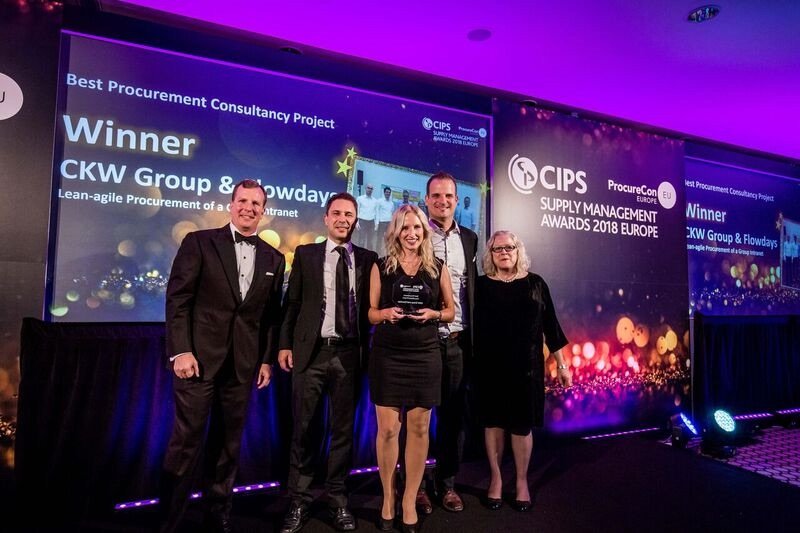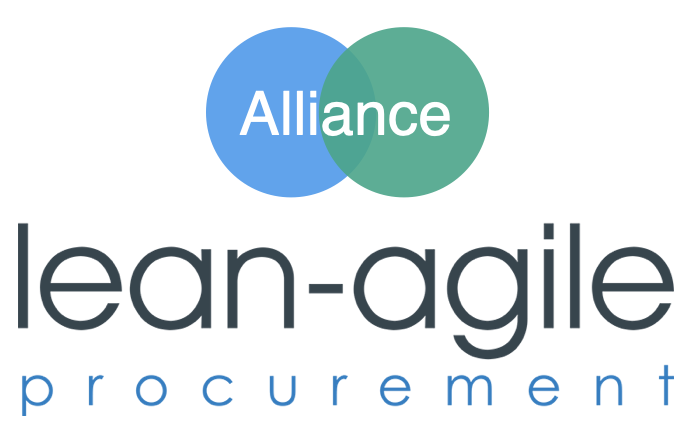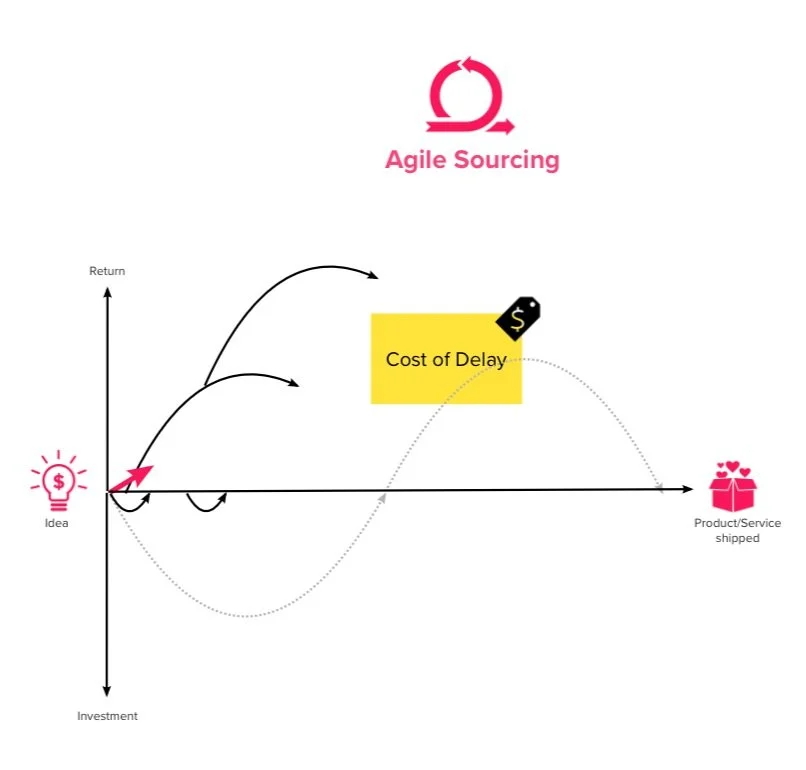
Lean-Agile Procurement
From C-Level, Entrepreneur, Investors
Point of View
Why Lean-Agile Procurement
Volatile, uncertain and often unpredictable Market conditions demanded unprecedented levels of adaptability within and between organizations. Lean-Agile Procurement (LAP) provides it and is the first Approach, that combines Agile Values & Principles to take strategic Sourcing to a new Level.
LAP seeks to overcome the following key challenges in strategic sourcing:
Misalignment / misunderstanding (internally and externally) due to focus on paperwork and documentation
Transactional nature of Rfx including hand-offs between departments where often different people are responsible for sourcing than those for delivery
Complexity/unknowns where requirements are more hypothetical, and often change. Subject matter experts need to be involved as procurement can't make the assumption to know of the details up front and understand it all anymore, e.g. on issues like ESG, AI
Long lead times, which in turn lead to expensive and time consuming change requests in delivery, because the world has changed in the interim.
Value Proposition
of LAP
For complex business cases that require external support, services, or products LAP offers a collaborative approach to select & deliver better outcomes faster together
Procurement is the Investor for the Organization!
"Procurement as the investor for the company/government" encapsulates a profound paradigm shift in the role of procurement. Beyond a transactional function, procurement assumes the role of a strategic investor, shaping the organization's future through supplier partnerships and value creation. By leveraging procurement's influence, organizations can drive innovation, optimize costs, and strategically allocate resources, thereby maximizing their potential for long term growth, success and adaption.
Procurement invests a lot!
Commercial roles such as procurement / sales / etc. are responsible for up to ..
.. 80% of turnover in the private sector, and up to ..
.. 15% of GDP in the public sector / government
This makes the importance of improving these commercial functions and the direct, positive and powerful impact they have on the business obvious. In more recent times procurement is becoming much more significant and strategic in its impact on the environment and society!
Investment strategy like an Angel Investor
Let's imagine for a moment that our strategic sourcing case is worth $100 million. The case shown on the visualization "classic sourcing", shows a scenario where we'd spend all our investment up front, accumulating massive risk. By contrast, with LAP we accept the uncertainty of a strategic sourcing case. We assume a similar investment strategy as an Angel Investor in a startup and invest in increments to test and validate early and mitigate risk. Perhaps an initial investment of $ 1 million to try to achieve the most valuable hypotheses first so that we’re getting hopefully our return as early as possible.
"Speed is the new currency". If this becomes our mantra, then price negotiations will become less important than they are today. Again, an earlier return or improved time-to-market could mean millions in efficiencies, and significant competitive advantage.
Criteria for success in need of your support
The business owner takes the driver's seat or delegates a Product Owner who owns decisions at all levels, incl. budgets
The Product Owner leads an "Agile Delivery Team" from Ideation to Value Creation stages
Procurement acts as a facilitator of this entire process
The team must connect daily spending considerable time together aligning on the common goal
The scrum team has all capabilities needed so that it can operate as independent as possible
The sourcing via Lean-Agile Procurement doesn't start until the full team is available
The Sponsor/ key decision maker makes themselves available at least for a joint kickoff and the sprint reviews
Cross-chapter/function resources are made available if special skillsets are required e.g. for Workshops
Typical Results reported by Organizations using LAP
100-800%
Improved Time-to-Market
50%
80%
of usual Effort
Risk Reduction
9/10
Recommendation Rate
Benefits with LAP
Up to 10X improved lead time since solution will be co-created without working in silos
On an avg. 50% less efforts compared to traditional sourcing
Addresses uncertainty and minimizes risks via short Feedback-/Delivery cycles
Up to 80% improved ROI (return on investment) via "outcome-based approach"
9 out of 10 Satisfaction Rate via optimal Stakeholder / Vendor involvement
Keeping driver-seat from idea till value delivered (no hand-overs)
Flexible approach that even allows to fall back to a traditional approach if needed


